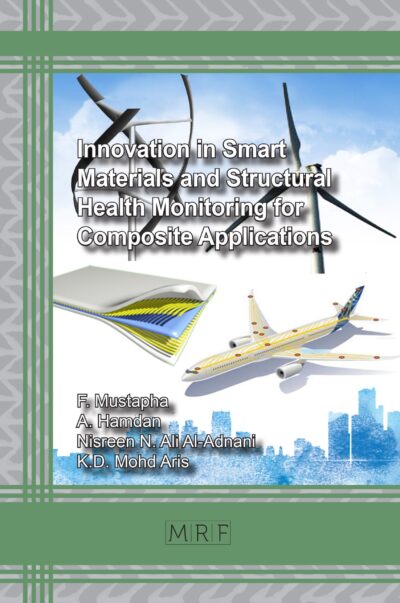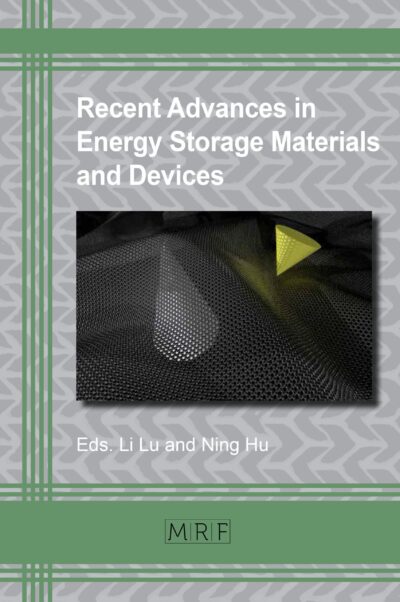Point defects in group IV semiconductors
– common structural and physico-chemical aspects –
S. Pizzini
Materials Research Foundations Volume 10
Publication Date 2017, 134 Pages
Print ISBN 978-1-945291-22-7 (release date April 2017)
ePDF ISBN 978-1-945291-23-4
DOI: 10.21741/9781945291234
A self-consistent model of point defects requires a reliable connection with the experimentally deduced structural, spectroscopic and thermodynamic properties of the defect centres, to allow their unambiguous identification.
This book focuses on the properties of defects in group IV semiconductors and seeks to clarify whether full knowledge of their chemical nature can account for several problems encountered in practice.
It is shown how difficult the fulfilment of self-consistency conditions can be, even today, after more than four decades of dedicated research work, especially in the case of compound semiconductors, such as SiC, but also in the apparently simple cases of silicon and germanium. The reason for this is that the available microscopic models do not yet account for defect interactions in real solids.
Keywords
Point Defects in Silicon, Point Defects in Germanium, Point Defects in Diamond, Point Defects in Silicon Carbides, Point Defect-Impurity Complexes, Defect Modeling, Self-Diffusion, Impurity Diffusion
Table of Contents
Preface
1. Introduction 1
1.1. Physical properties of group IV semiconductors 4
1.2 Chemistry and thermodynamics of group IV elements 9
1.3 Chemistry and thermodynamics of group IV carbides 13
2. Defects in group IV semiconductors 20
2.1 Introduction 20
2.2 Physico-chemical properties of point defects in the diamond lattice: experimental results and theoretical modelling 22
2.2.1 Theoretical and experimental evidences 22
2.2.2 Structure of point defects 25
2.2.3 Generation of equilibrium point defects,
thermodynamics and kinetics 30
2.3 Experimental determination of defect properties and
comparison with theoretical calculations: preliminary issues 39
2.3.1 Defect characterization 39
2.3.2 Defect properties as results of theoretical calculations 44
2.4 Interaction of impurities with native point defects 46
2.4.1 Vacancy-impurity complexes formation in silicon,
germanium and silicon-germanium alloys 49
2.4.2. Vacancy-carbon complexes in silicon 58
2.4.3 Vacancy-impurity complexes in diamond:
The Nitrogen-Vacancy centre 58
2.4.4 Vacancy-impurity complexes in diamond: other
impurity-vacancy centres 61
2.4.5 Vacancy-impurity complexes: a new notation 64
3. Self-diffusion experiments and their theoretical modelling as practical tools to deduce nature and presence of native defects in group IV semiconductors 65
3.1 Experimental approach and outcomes 65
3.2 Theoretical modelling and outcomes 73
3.3 Foreign metal diffusion as an additional method to
deduce the nature and properties of defects 75
4. Defects in group IV carbides 84
4.1. Structure and defects of carbides: generalities 84
4.2 Theoretical and experimental evidences 88
4.3 Selfdiffusion 94
Conclusions 98
Acknowledgments 98
References 98
Keyword index 119
About the Author 125














